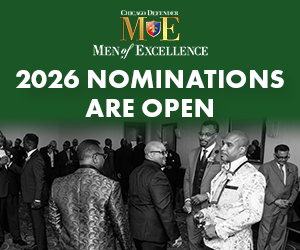
In 1992, the Space Shuttle Endeavour made world history. I was on that flight, it was noted in the news: the first woman of color in space. When the Endeavour left the earth, the face of the space exploration changed.
When I returned to Earth, I was interviewed about my flight. “It is important, yes for young black girls to see me aboard exploring space. But it is just as critical that older white men who make so many decisions about engineering scholarships see me and understand the talent and potential of those girls,” I said.
Growing up in the 60’s, I avidly followed the Apollo missions and our journeys to the moon. I assumed I would travel to Mars to work as a scientist. My childhood was also right in the middle of the modern-day Civil Rights movement, and my parents made sure my brother, sister and I knew African American achievement was not new, nor did the push for full rights start or end with Martin Luther King Jr. There were others who changed the world. In fact, the praiseworthy term “the real McCoy” was coined in the 1800’s because they wanted parts by inventor Elijah McCoy, a black man. Former slave and suffragette Sojourner Truth declared, “If women want any more rights, why don’t they just take them and not be talking about them.” The early 1900’s saw black people like Dr. Daniel Hale Williams perform the world’s first successful open-heart surgery and Matthew Henson reach the North Pole with Admiral Peary. (So of course, my thirst for science and adventure fit right in.)
For more, click here.



